CHEM 261 Lab
CHEM 261 Labs are held from 2:30-5:30 pm in Building 15, Room 324L. You will work through each lab individually and collect data in your lab notebook. Lab reports are due the following lab period.

Check-In and Melting Point Exercise
The easiest way to assess the purity of a solid is by melting point. While taking a melting point is a simple procedure, on the surface, there are several subtleties to the technique which require practice to master.This lab will guide you through the use of melting point apparatus and you will determine the melting point of both pure and mixed samples. After you are completed with your melting point exercise you will also prepare next week's lab.

Biosynthesis of Ethanol
During last week’s check-in you prepared a small scale bioreactor. Over the course of the week the yeast in your bioreactor should convert some/all of your molasses into ethanol. This week’s lab will focus on isolating the ethanol from the reaction using distillation. Please be sure to read all of your pre-lab material before coming to lab.
IR Spectoscopy Introduction
Infrared spectroscopy is one of the fastest methods for determining information about the structure of a molecule on a wide variety of compounds. It is especially useful in determining the presence of functional groups in a compound. In this lab you will learn how to collect and interpret your own IR spectra.

Distillation of Essential Oils
Essential oils are the more volatile substances found in the roots, bark, leaves, flowers, fruit or seeds of plants. These compounds have uses ranging from medicines and aromatherapy to flavoring agents and perfumes. In this experiment you will use steam distillation to isolate an essential oil. Next week we will examine your oil using IR spectroscopy.

Greener Bromination of Stilbene
In this lab you will brominate E-stilbene using hydrogen peroxide and hydrobromic acid. This method avoids the direct use of elemental bromine (the bromine used is created in situ), which is corrosive and difficult to handle. We will discuss Green Chemistry principles and analyze this reaction in terms of atom economy.

Separation of a Mixture
In this lab you will use extraction to separate a mixture of trans-cinnamic acid, 4-phenylphenol, and nicotinamide. To successfully complete this lab you will need to think about the acid-base properties of these various molecules and how they affect their relative solubility in aqueous and organic solutions.

Preparation of Cyclohexene
In this lab you will prepare cyclohexene by dehydrating cyclohexanol. Cyclohexene is an important intermediate for the production of nylon 6,6 in addition to many other products. This experiment will introduce you to elimination reactions and allow you to practice distillation techniques.

